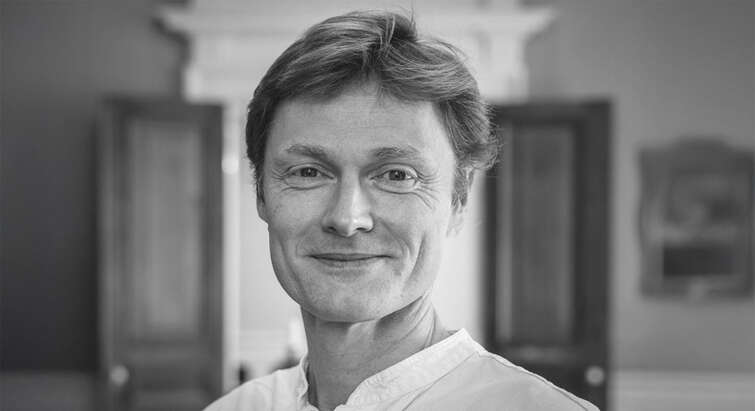
News about Astrophysics
Viser 1 til 24 af 430 dokumenter.

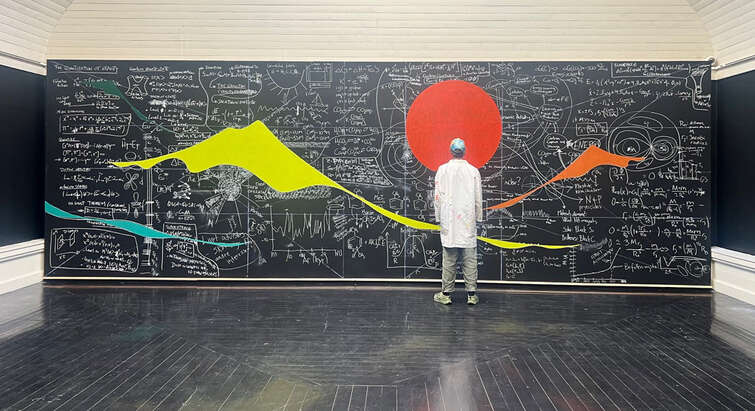
NBI Scientists Contribute to New Eske Kath Artwork for Grønningen 2025 Exhibition
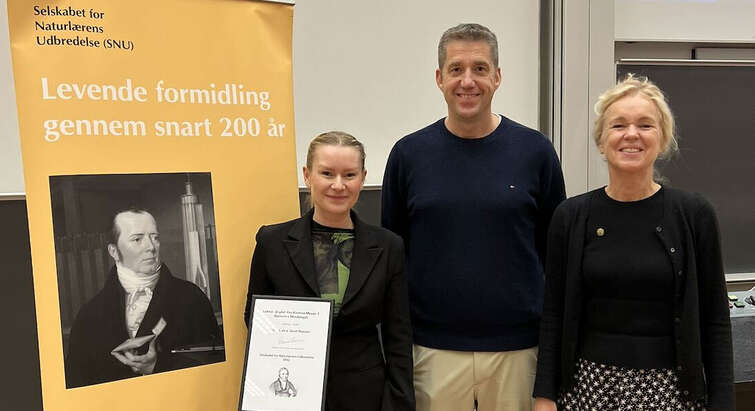
Sarah Pearson modtager Mindelegat

Kig op i oktober: Dæmonstjernen pulserer i de mørke nætter
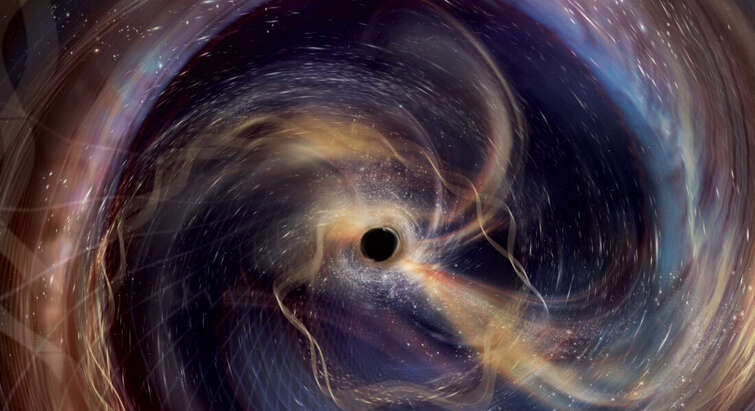
Colossal Collisions in Space send Shockwaves through the Universe: Gravitational waves break records with new observations

Colossal collisions in space send shockwaves through the universe: Gravitational waves break records with new observations

Tycho supercomputer gets new green superpowers
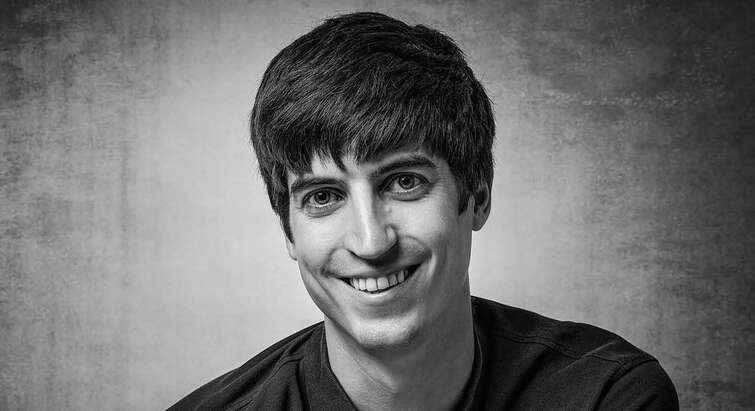
Jose M. Ezquiaga Receives General Relativity and Gravitation Early Career Prize

Vitor Cardoso Elected President of ISGRG
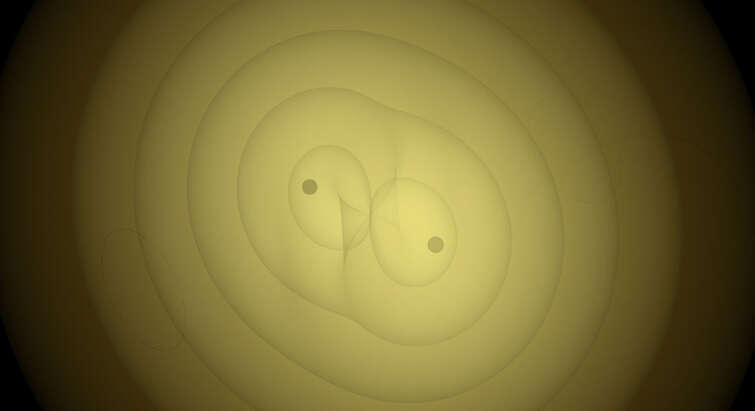
Vitor Cardoso receives Simons Foundation grant for strong gravity research
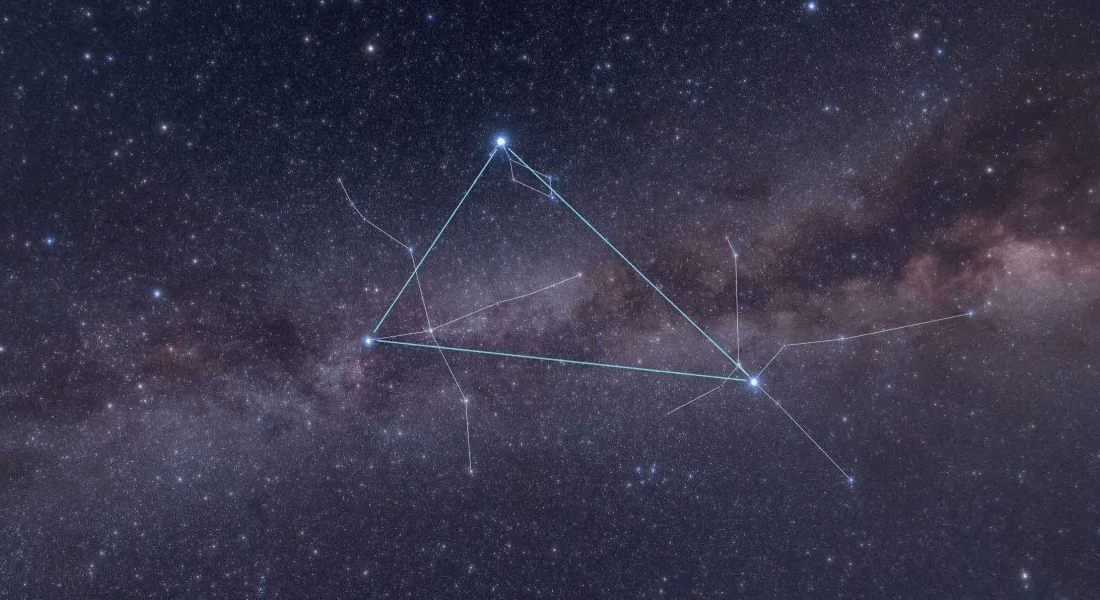
Look up in June
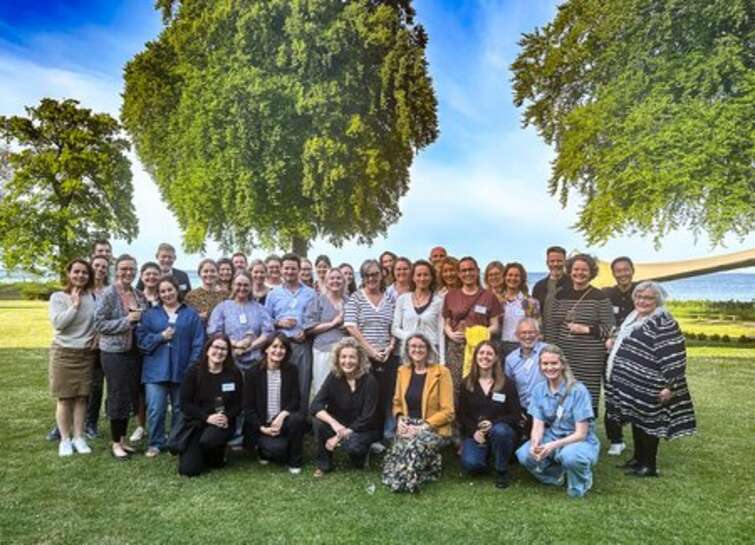
Center Coordinator retreat 2025
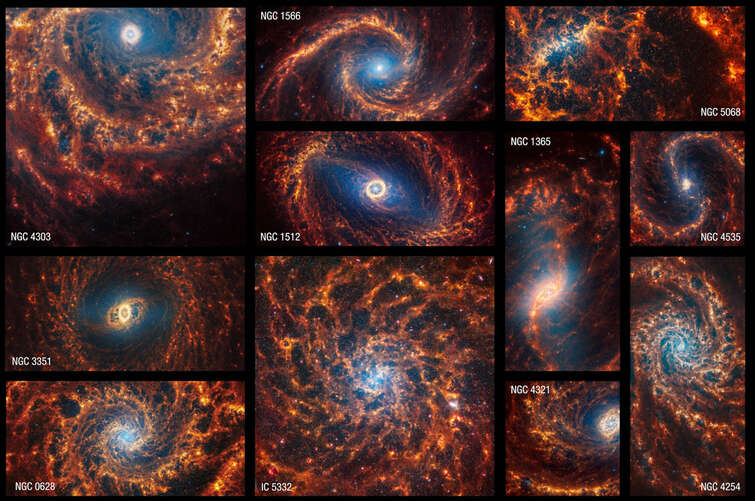
Galactic dust reveals hidden patterns in stunning new images from James Webb
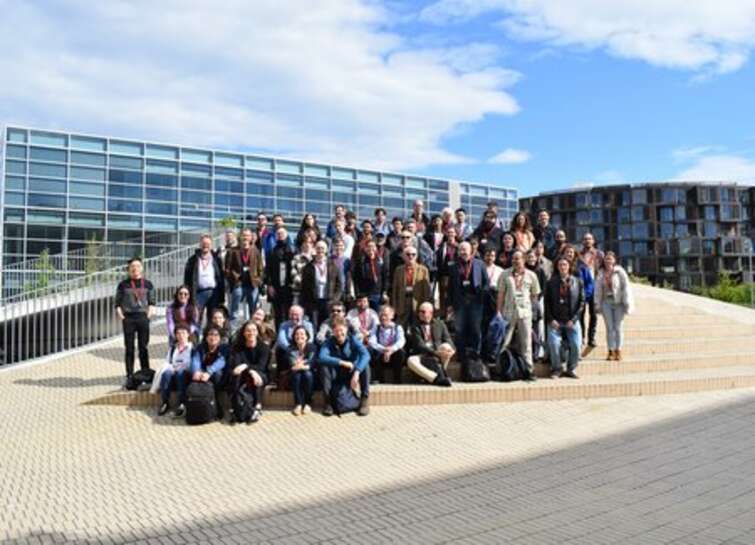
The 5th Scandinavian meeting on gravitational-wave science
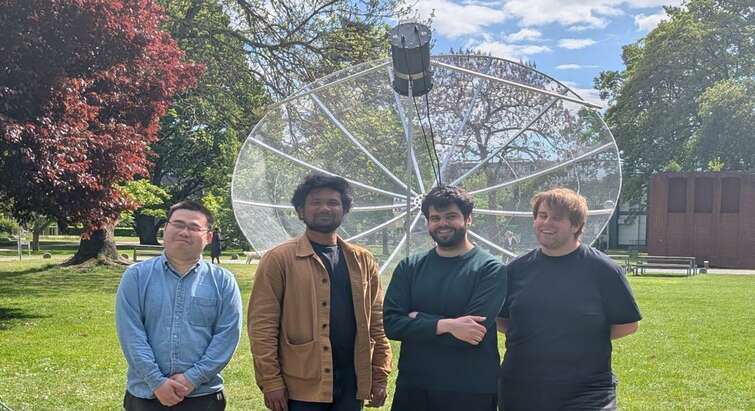
First light from student-built radio telescope

Boosting high-frequency gravitational wave and ultralight dark matter searches
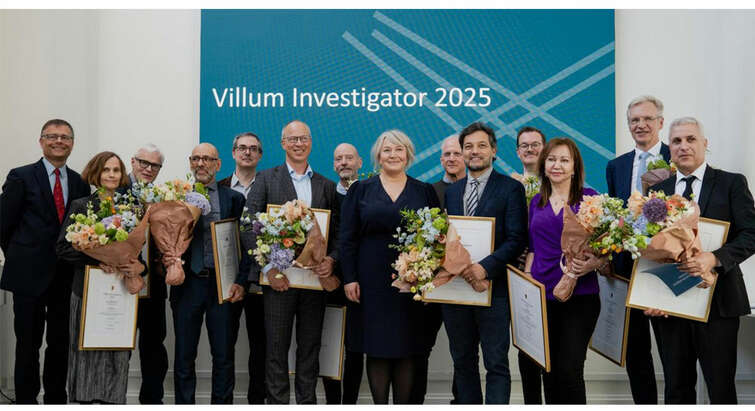
Top Researchers Receive Multi-Million DKK Grants from Villum Foundation
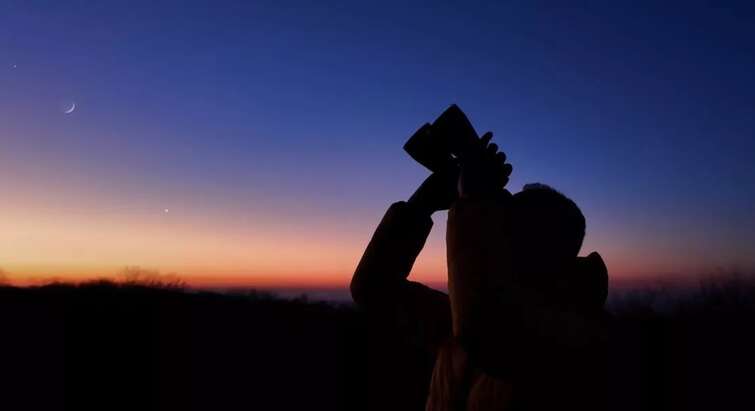
Look up in May
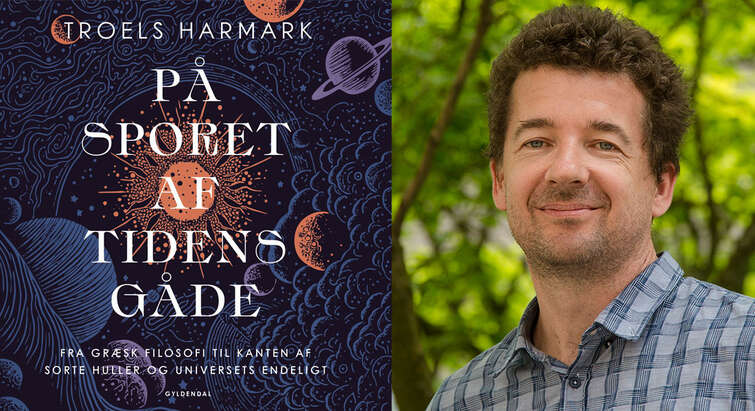
On the Trail of the Mystery of Time – New Book on Time for Non-Physicists

Staff Picks on Wolfram Community

Cosmic whispers made LOUD by intervening matter
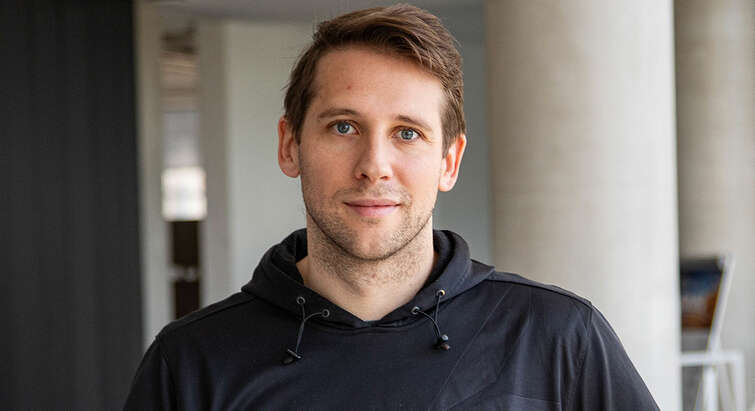
Kasper Elm Heintz among Berlingske’s Top 100 Talents

Strong field gravity in India

